I doubt I’m the only international in the Netherlands who’s lived through an embarrassing episode of trying to use a MasterCard in a Dutch supermarket — only to then have to pack everything back after the card was not accepted. 😬
My lesson was learned. After this incident, I started hunting for the closest bank to set up my first Dutch bank account. Turns out it’s echt handig (very handy) to have one!
In the Netherlands, Willem Alexander is King and cash is not! So you’ll find that life is much easier with a Dutch bank card.
Not sold? (Pun intended). Here are seven reasons that should convince you to open a Dutch bank account. 👇
This post might have affiliate links that help us write the articles you love, at no extra cost to you. Read our statement.
1. Get connected with a Dutch mobile data subscription
If you’ll be living in the Netherlands for longer than a month, a Dutch mobile data subscription is the best tool for keeping in touch with your loved ones.
With budget providers like Simyo offering the basics — and KPN, Vodafone, and Odido offering fancy-schmancy unlimited data — there’s a provider for every price bracket.

The one downside, however? Unless you’re opting for a prepaid bundle, you’ll need a Dutch bank account and card to pay for your data.
2. Actually pay for your food at Albert Heijn
If you live in the Netherlands, you have also been to an Albert Heijn. That’s just a fact. And if you’ve been there, you also know that having a Dutch bank account is quite, well, essential.
READ MORE | Best supermarkets in the Netherlands: the international’s guide
Albert Heijn is one of the biggest supermarkets in the country; you can find them everywhere.
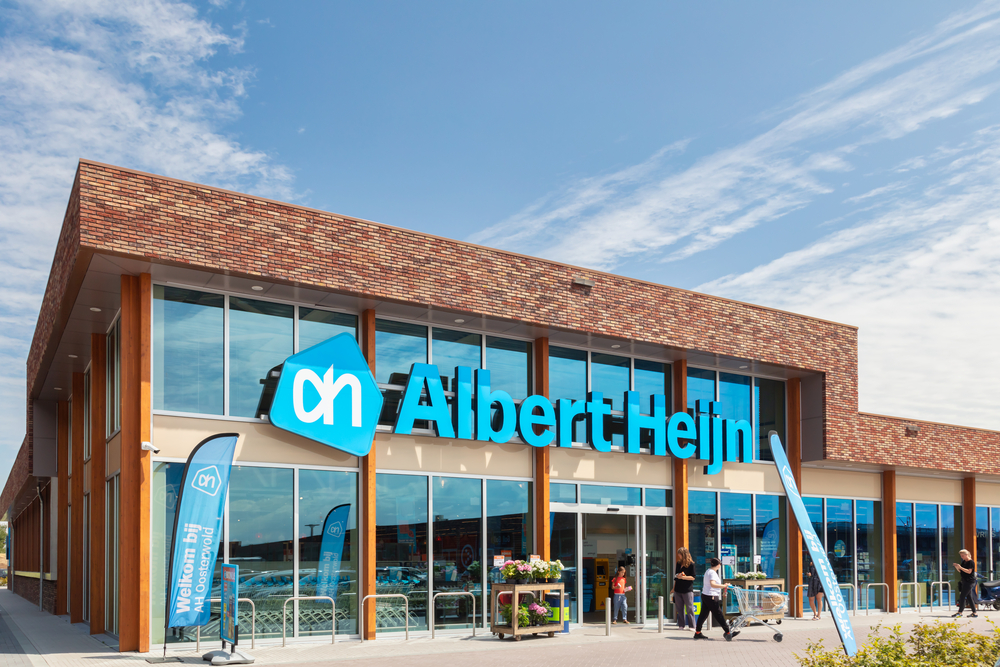
However, several only accept Dutch debit cards, meaning you can try to play Russian Roulette with your international card — but you’ll likely be standing there like a fool with a stack of food you can’t pay for (cue flashbacks).
And we know what you’re thinking: there’s a little something called cash — but nee! You can’t even pay by cash in some of their stores.
READ MORE | The ultimate guide to the cheapest supermarkets in the Netherlands
If we don’t have you convinced now, then think about self-checkout. If you want to skip the queuing, just use their self-checkout terminals and pay with your Dutch bank account!
3. Top up your OV-chipkaart (and get an NS subscription!)
If you often travel in the Netherlands, you probably already have an OV-chipkaart. If you want to look (and act) more local, you might even have a fancy personal (yellow) OV-chipkaart.
If you connect your Dutch bank account to your OV-chipkaart, then you can automatically top up your balance when it’s running low.
This means you never have to worry about having enough time to top up at the ticket machine during your frantic rush to the train.
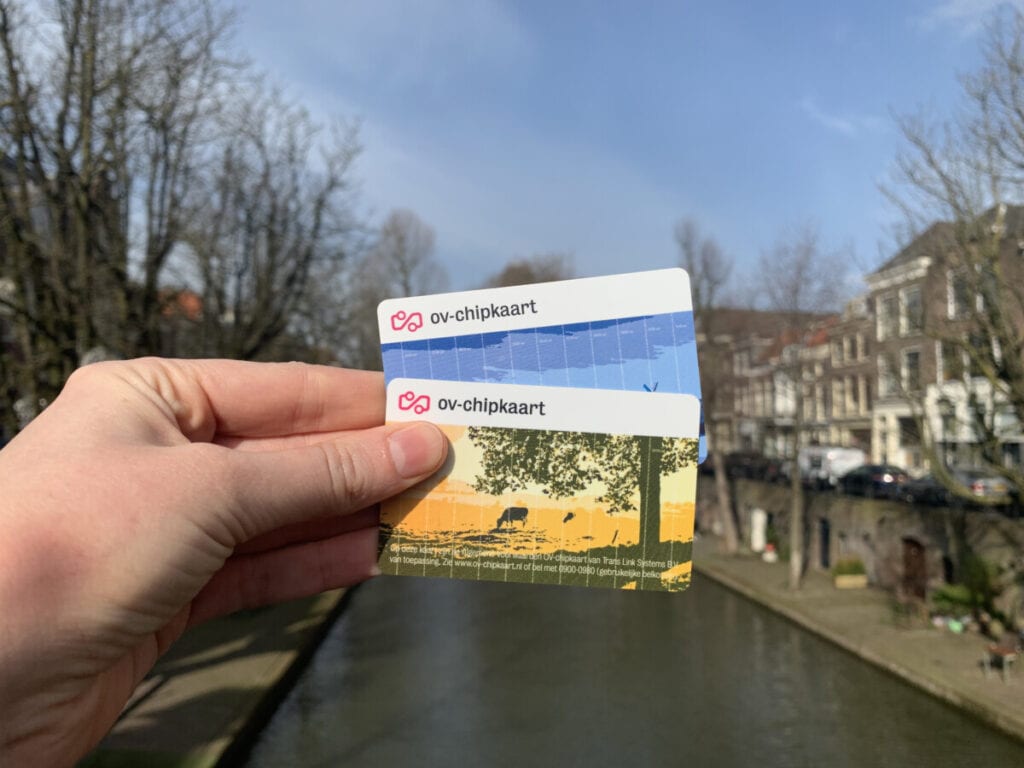
Speaking of the OV-chipkaart: it’s not only great for getting you on the train, but also for travelling at a discounted rate.
READ MORE: These are the best banks for expats in the Netherlands
If you have a personal public transport card linked to your Dutch bank account, you can also choose a subscription for yourself, and save up to 40% on your travels!
(If the endless delays don’t scare you out of public transport, that is. 😉)
4. Rent a car in the Netherlands
If you don’t want to use a car or motorcycle in the city but do know how to drive, shared mobility apps can be an option for you.
You can pay for them per minute, so you never have to spend your time and money on any maintenance issues.

(Unless, of course, you crash your moped into a canal. 😉 Then perhaps you’ll have some costs to cover!)
READ MORE | Shared mobility in the Netherlands: the ultimate guide
With a Dutch bank account, you can easily create an account and zoom all over the Netherlands on two or four borrowed wheels.
If you don’t have a Dutch account, however, in most cases, you’ll either have to hike it or bike it.
5. Avoid transfer costs with a Euro account
One of the most important reasons to get yourself that Dutch bank account: if you come from a country with a different currency to the euro, you’ll find it very expensive to use that card.
READ MORE | Money transfers in the Netherlands: the easy (and cheap!) guide
You may even need money transfer services like Wise or CurrencyFair to make or receive foreign payments.
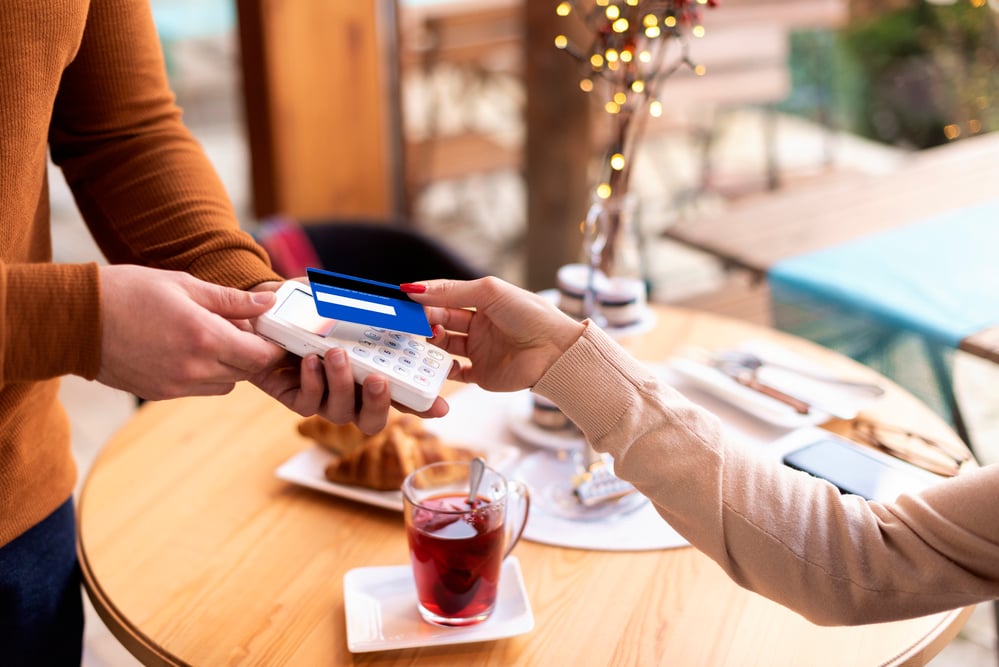
If you get a Dutch card, you can use it without paying the transfer price.
For many internationals, this is the main reason they get a Dutch bank account. (Need we remind you of how expensive life in the Netherlands actually is? 👀)
6. Send and receive Tikkies
And, of course, there’s Tikkie. This is your best tool to collect all those little debts from your friends after a Friday night — shamelessly.
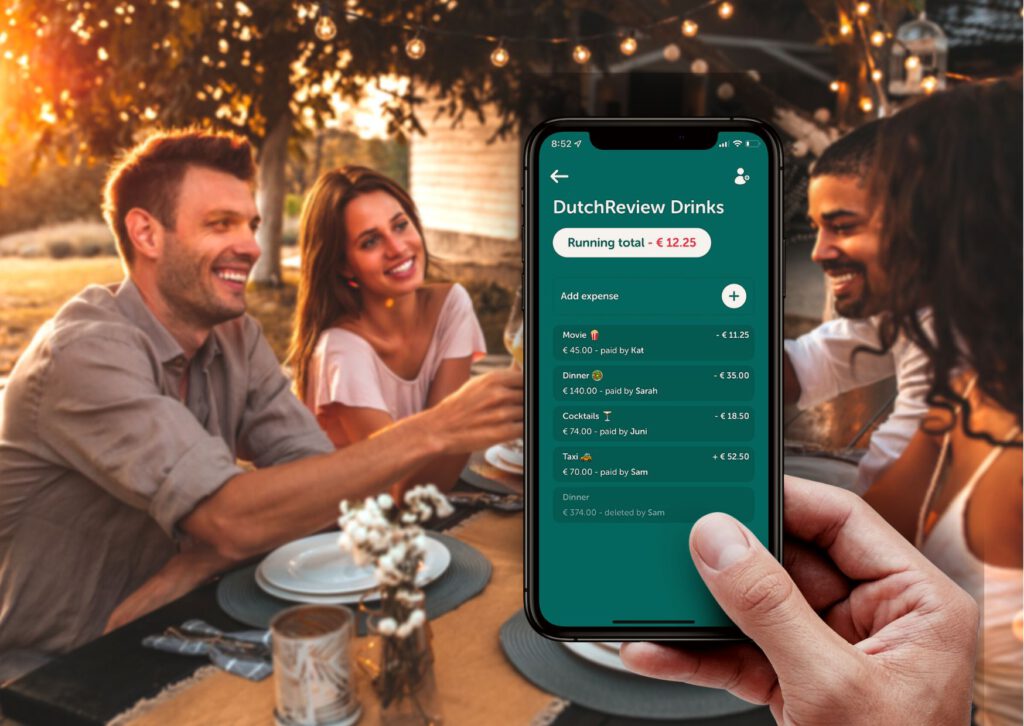
Tikkie is an online payment app that allows you to forward payment requests to people via WhatsApp or pay through a QR code.
READ MORE: Tikkie etiquette: the do’s and don’ts of asking for money in the Netherlands
It’s super handy to have it on your phone because sooner or later, someone will send you a Tikkie for 87 cents because you spent a whole hour in their house when the heating was on.
(And, trust us, you’re gonna want to be able to pay it!)
Fun fact! Did you know 10,000 Tikkie payments for under €2 are sent per month in the Netherlands? If you don’t have a Dutch Maestro card, you can’t use this app, and we all know that you will need (or want) it at some point!
7. Use iDEAL when shopping online
If you sometimes do online bank transactions while shopping on Dutch webshops, you probably already bumped into our little friend, iDEAL.
This platform is ideal (see what we did there?) for making secure payments while shopping online if you don’t want to share your bank details.
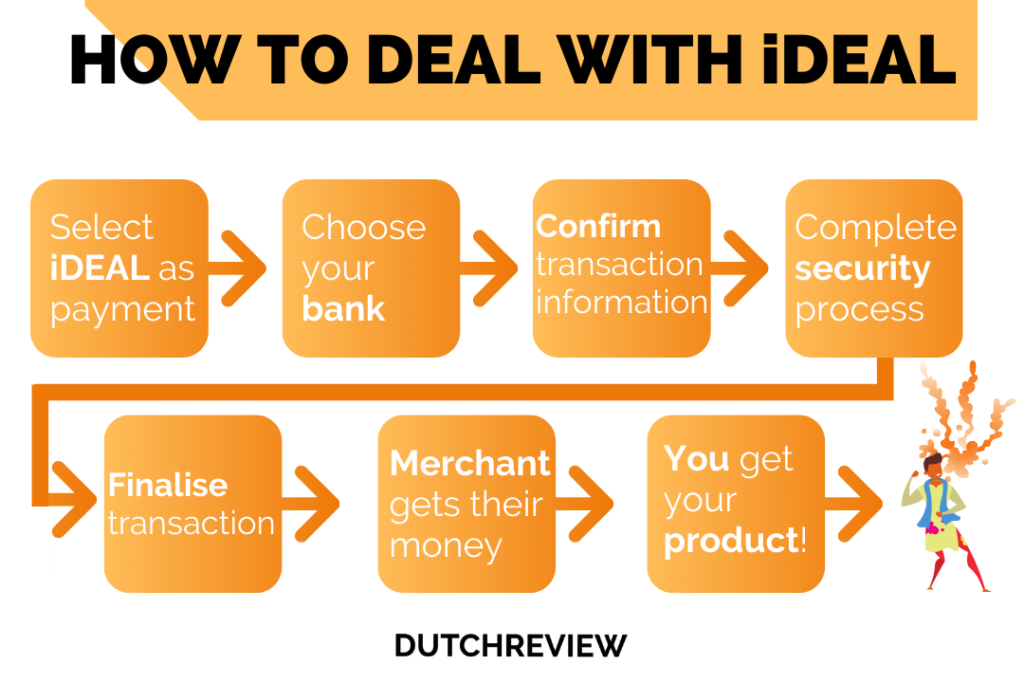
The Dutch are also crazily in love with this method of online payment. You only transfer the amount of money you need for your Bol purchases without sharing any card information.
READ MORE | Open a Dutch bank account without a BSN at these banks
The appeal of iDeal is undeniable — but if you have an international bank card, it’ll be noDeal.
You’ll generally require a Dutch bank account to use this payment system (which is often the only option when online shopping in the Netherlands).
Good to know: With iDeal set to be phased out in favour of new Visa Debit and Debit Mastercard bank cards, this won’t be a stumbling block you’ll encounter for much longer!
You may also be interested in:
You will undoubtedly benefit from having a local bank card while living in the Netherlands — and it’s super easy to set one up!
Most big Dutch banks provide English information for their customers, so you won’t need to practise your Nederlands in their offices.
Now, what are you waiting for? Get your bank account sorted, and enjoy life in the Netherlands!
Do you already have a Dutch bank account? What is your ultimate tip for people who just received their cards? Let us know in the comments!





